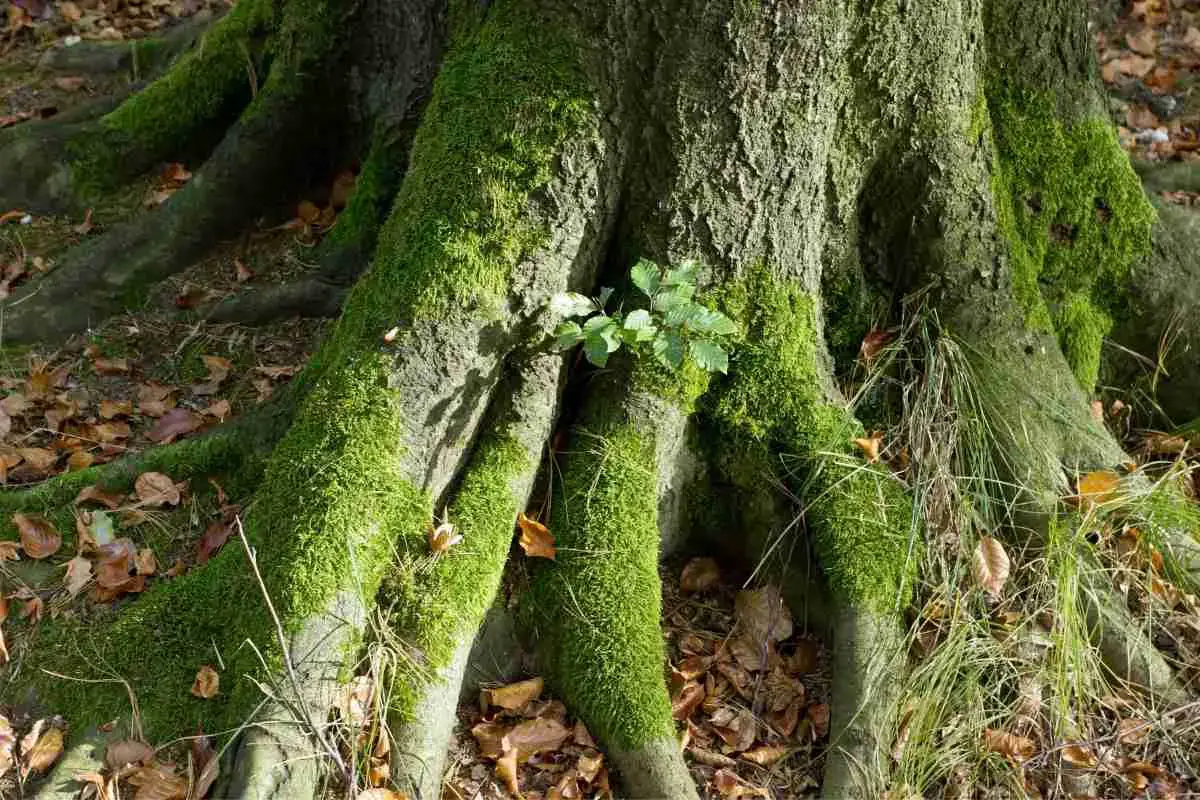
How Does Moss Grow On Trees? And Why?
Read more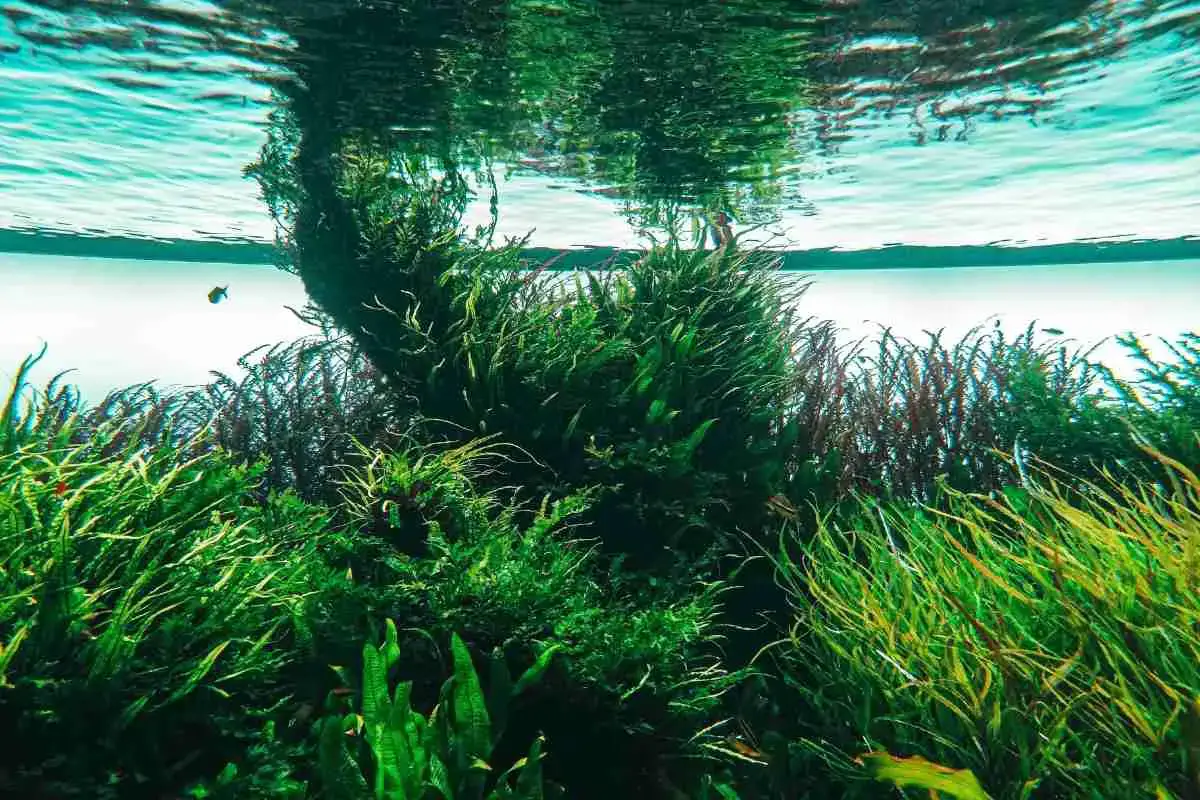
Is Algae A Decomposer? The Surprising Truth!
Read more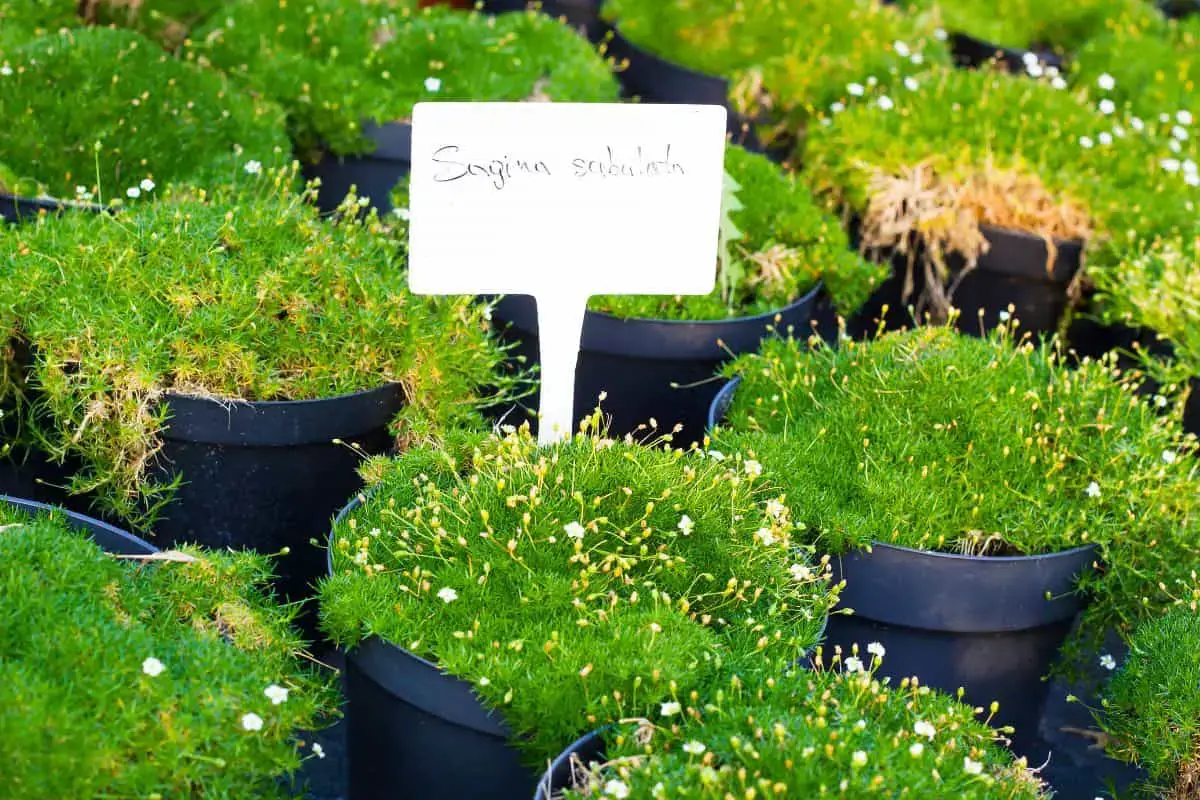
How To Grow Irish Moss Between Pavers?
Read more
How To Remove Moss From A Roof With Vinegar?
Read more
Does Moss Need Sunlight?
Read more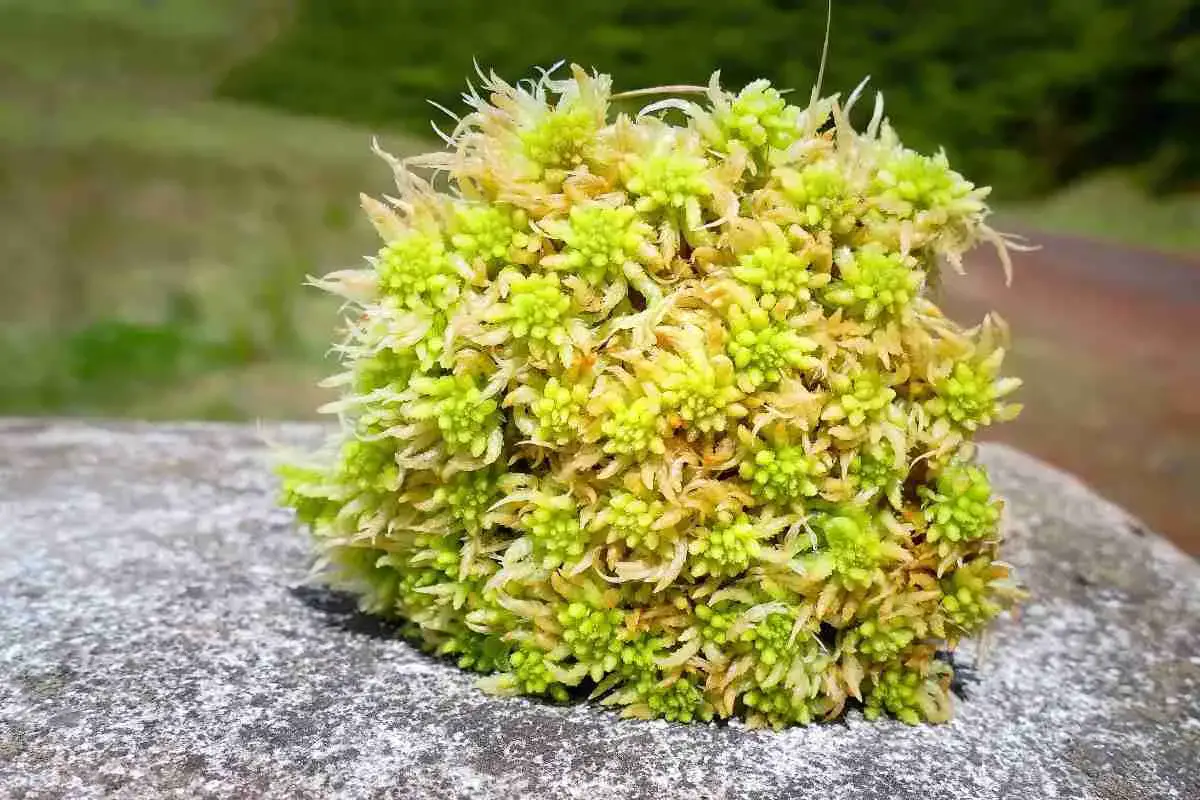
Does Sphagnum Moss Turn Green? Live Or Dried
Read more
Does Algae Need Sunlight? The Surprising Truth!
Read more
Do Moss Balls Have Worms? Is It Normal?
Read more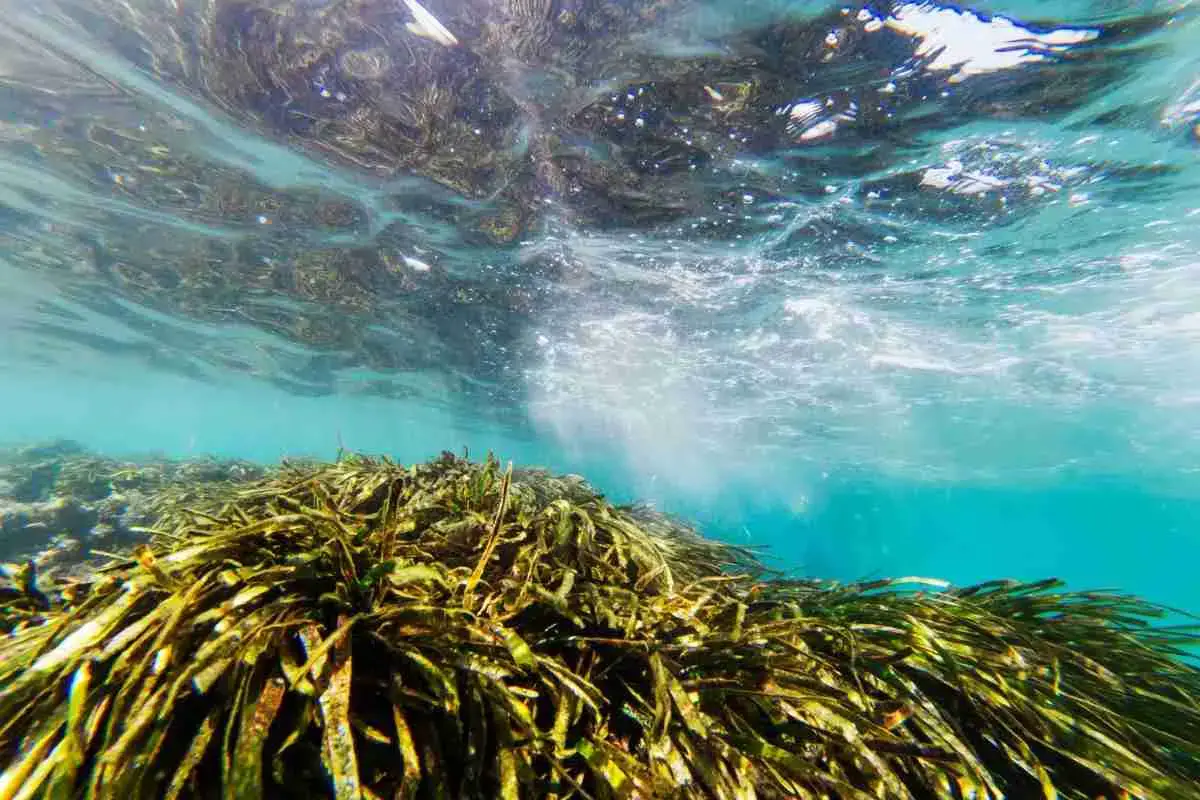
Can Moss Grow Underwater? List & Benefits
Read more
What to do if your Christmas moss turns brown or yellow? Find out how to bring your moss back to life
Read more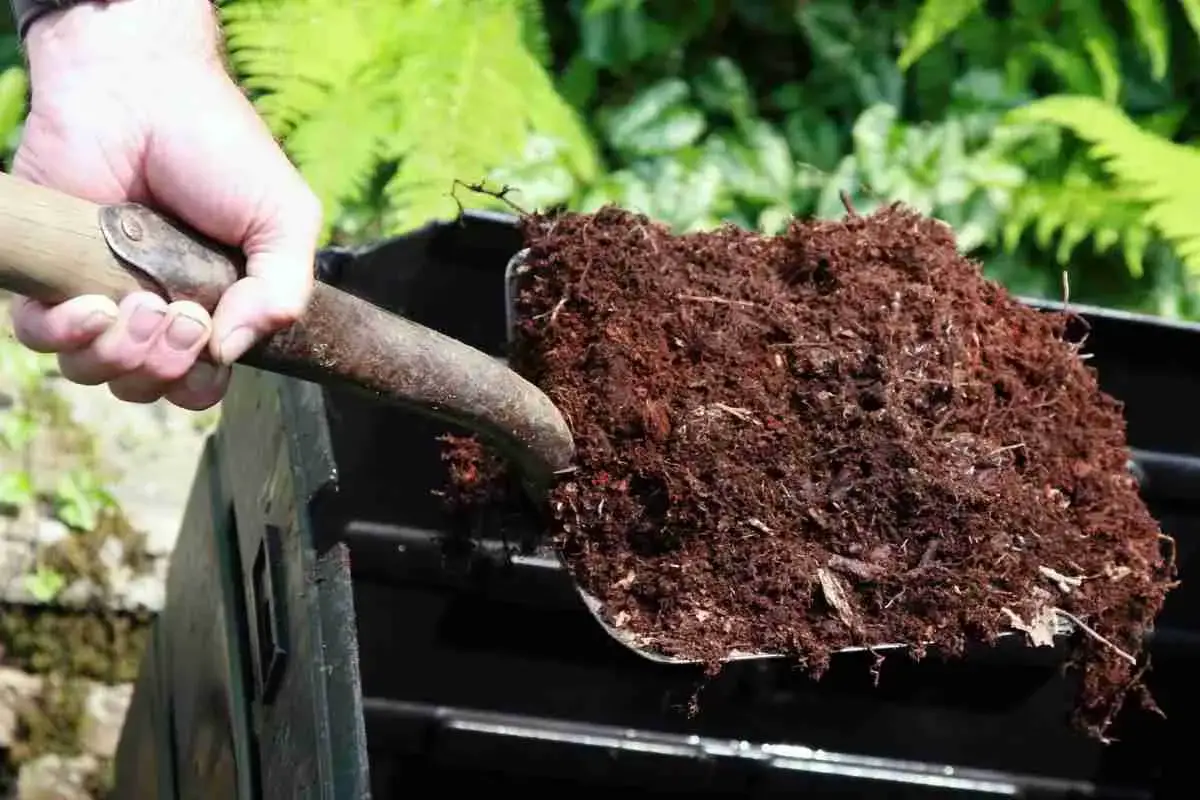
Can Moss Be Composted? Composting Moss
Read more